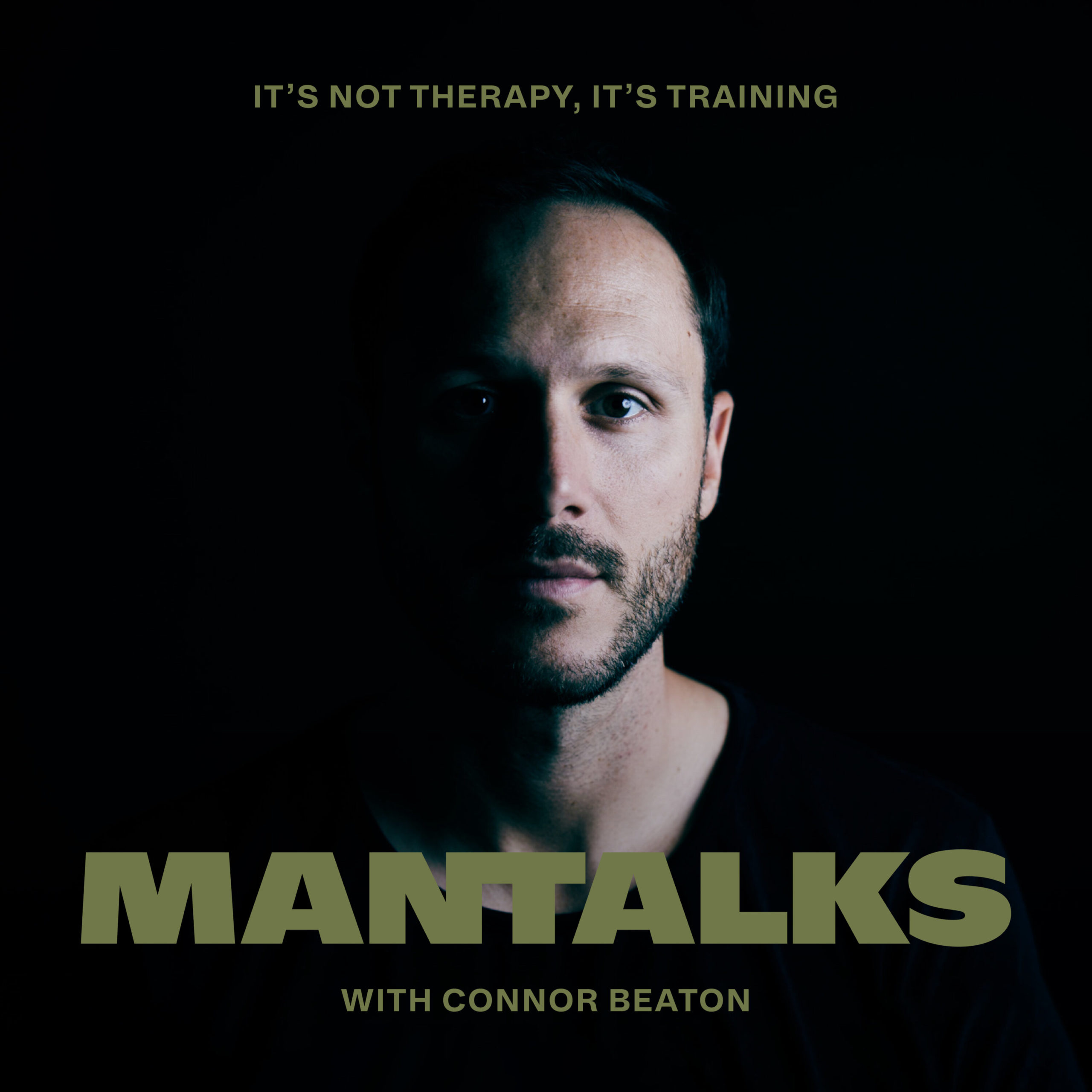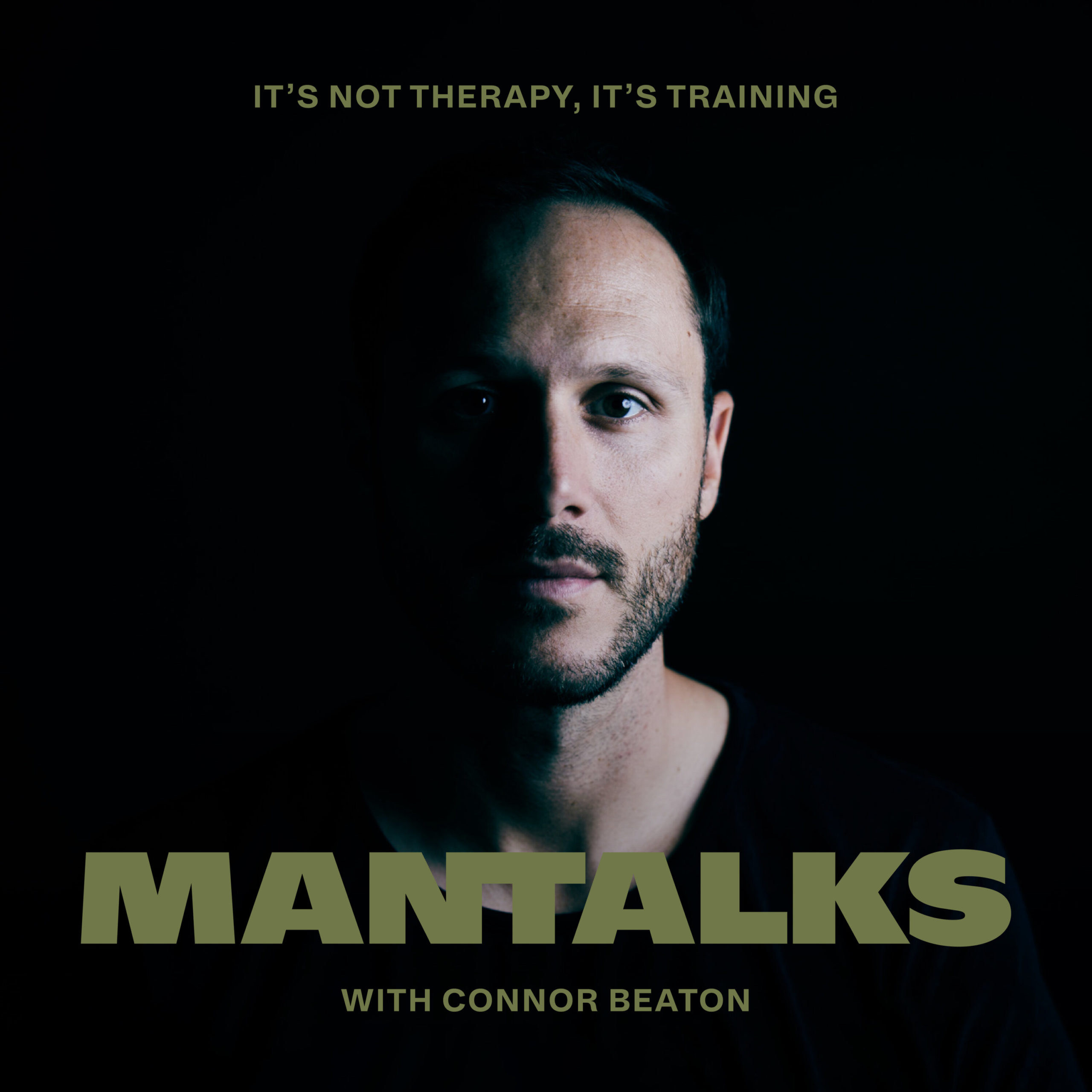There’s a reason “how do you feel about that?” is THE stereotypical question therapists ask a patient lounging on their couch.
And at least is the stereotype, the patient always has a paragraph worth of insights on his own feelings.
If only things were that simple.
I want to offer a way of reframing this question because I find men, in particular, get asked this a lot by therapists. To be clear, it’s a good question and well-intended, but for many men it can be difficult to answer at best—downright annoying at worst.
There are several reasons for this, but it’s mainly because the amount of raw data behind a question like “What are you feeling right now?” can be quite low or hard to parse.
See, what you’re able to identify as “feeling” depends a lot on where you are—both in the moment and in your journey overall. For example, if you’re just starting to look within for answers or connect with your shadow, you may not feel anything—even though it’s clear to others you’re reacting to something.
Or, there can be a disconnect between articulating what you’re feeling and the feeling itself. You might be able to give you a 10-minute monologue about what you’re feeling in your head, but the second you’re asked about it, all you’ve got is “I feel angry”. People with ADHD can have an extra difficult time with this.
So how do you reframe this into something you can talk about? Can answer? Not just for your partner or a family member, but for yourself? Aka, how do you take an “emotional inventory” of yourself?
It starts simple: changing the feeling to experiencing. It is a simple change, but it allows you to bridge the gaps between physical, mental, emotional, cultural, and environmental aspects of yourself. These all have a part to play in what you’re “feeling”, and there is always vital information hidden within.
It also allows you to look at what’s being experienced as a symptom of (or reaction to) something. From there, you can create a space that offers a conscious response to something versus an unconscious one.
Aka, it allows you to take inventory of your reactivity. So with that in mind, use the following prompts as reflection material and to connect aspects of your experience together.
Part 1
- This week/month, I got the angriest/ashamed/whatever when…
- I was in/at ______ when it happened (e.g. at home, on social media, etc.)
- I felt the most out of control when/during…
- Where I experienced these in my body was…
Part 2
- What I felt afterward was…
- And where I felt that was…
- Growing up, I was taught that that feeling was…
Part 3
Like I’ve implied above, try re-using the prompts for other emotions. Switch anger out for sadness or grief or joy, and apply them accordingly. And finally, the juicy part: reflect on how experiences may be connected.
For example, you got the angriest one day on social media, you experienced it in your chest, you felt guilt afterwards, it made your arms feel heavy, and you were taught that anger towards others is always wrong. You now have a ton of dots to connect.



